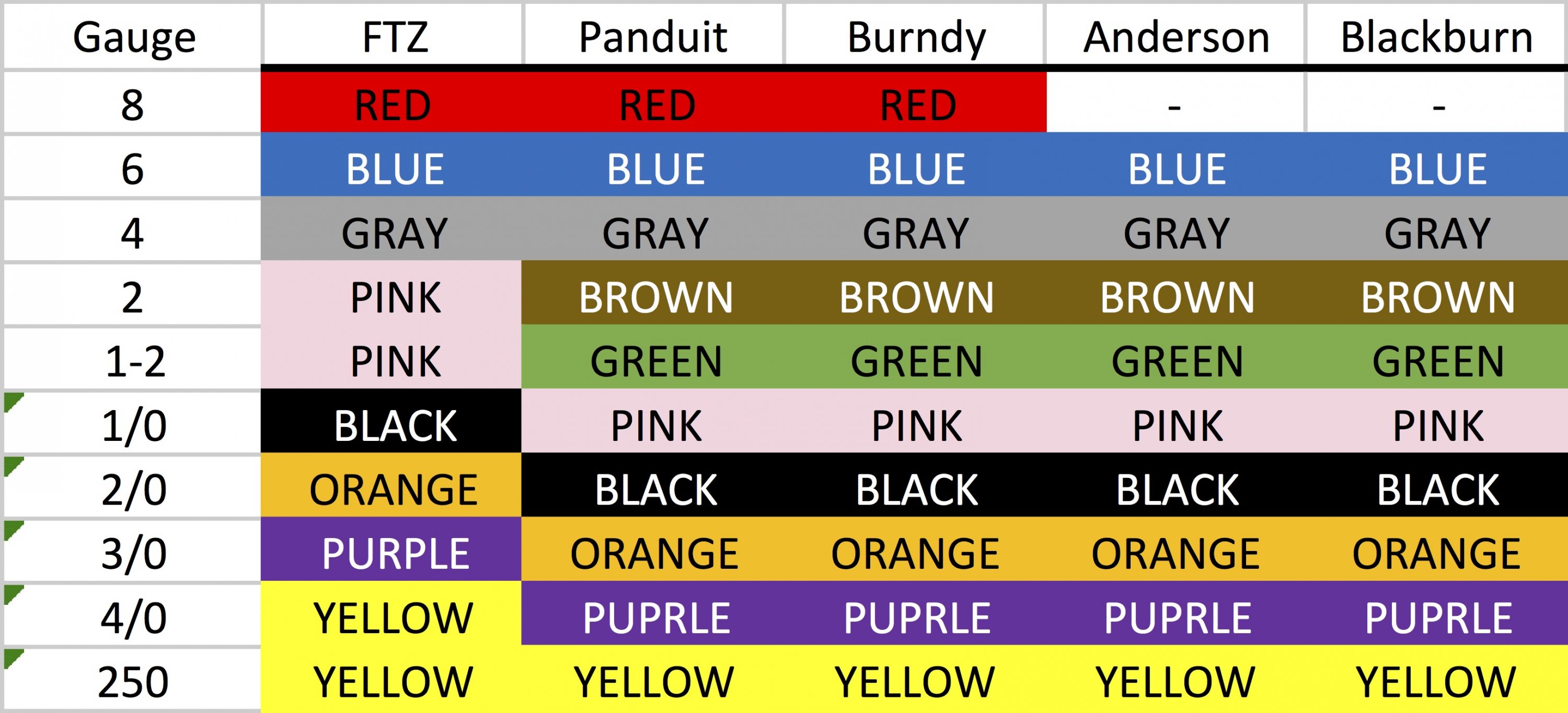I took the plunge and invested in the FTZ crimper. I wonder if many others on SBO have, also, and if those with experience have any hints or tips for using it.
Mine arrived with two somewhat redundant instruction sheets. There's a blurb on calibrating, and this wasn't a very satisfying experience; it's not like it "clicks in," it's just a measurement between the arms of from 14 to 16". This did help align the dies better on mine, but it's hard to tell, without test crimps, if its set up correctly.
I've ready MaineSail's excellent article that covers this tool.
I'm interested in hearing others' views and experiences.

Mine arrived with two somewhat redundant instruction sheets. There's a blurb on calibrating, and this wasn't a very satisfying experience; it's not like it "clicks in," it's just a measurement between the arms of from 14 to 16". This did help align the dies better on mine, but it's hard to tell, without test crimps, if its set up correctly.
I've ready MaineSail's excellent article that covers this tool.
I'm interested in hearing others' views and experiences.

